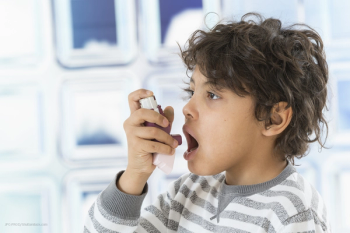
Follow-up Care Helps Prevent Repeat Asthma-Related Emergency Department Visits in Children and Young Adults
But researchers find that fewer than 1 in 4 children and young adults had follow-up visits.
According to the
In total, over 90,000 patients visited the emergency department for an asthma exacerbation. Of these, 23% followed up with a primary care provider or a specialist within 14 days of emergency treatment. Of the follow-ups, 71% were with a pediatrician, 17% with a family medicine physician, 9% with an internal medicine professional, and 3% with a pulmonologist or allergy specialist. Patients more likely to receive follow-up care were younger, had commercial insurance, had complex chronic conditions, and had a prior history of asthma.
The study found that patients who had a follow-up visit within 14 days of emergency care were less likely to revisit the emergency department within 60 days of the initial visit than those who had not received follow-up care (5.7% versus 6.4%). The researchers also saw long-term benefits of asthma follow-up care. Participants who received follow-up care within 14 days were less likely to return to the emergency department for an asthma-related event within the next year than patients who did not have a follow-up visit (25.0% versus 28.3%).
An asthma-related emergency department visit presents an opportunity to discover gaps in patient care or educational opportunities for patients and their families. A follow-up visit provides a platform to address these gaps and opportunities. Bardach and her colleagues commented: “An urgent emergency department visit for asthma may indicate a need for daily asthma medications, patient difficulty in recognizing asthma symptoms, difficulty managing asthma symptoms triggers, or any number of clinical issues. As a result, follow-up care for additional patient education, pharmacologic therapy, or environmental control could help decrease the likelihood of a repeat emergency department visit.”
Based on the low percentage of participants in this study who received follow-up care (23%), the authors see opportunities for improvements in emergency department discharge procedures, establishing relationships with primary care providers, and opening access to primary care.
Newsletter
Get the latest industry news, event updates, and more from Managed healthcare Executive.




















































